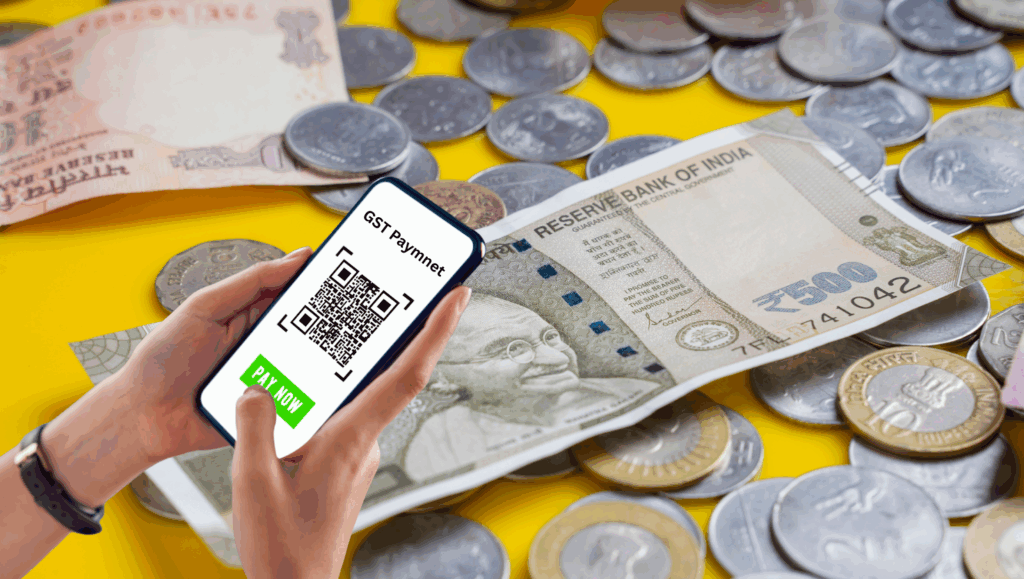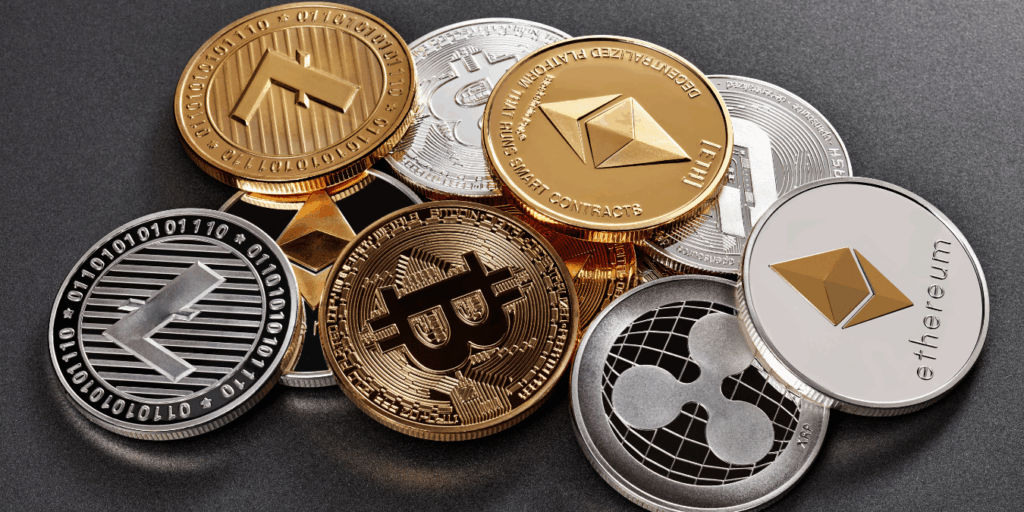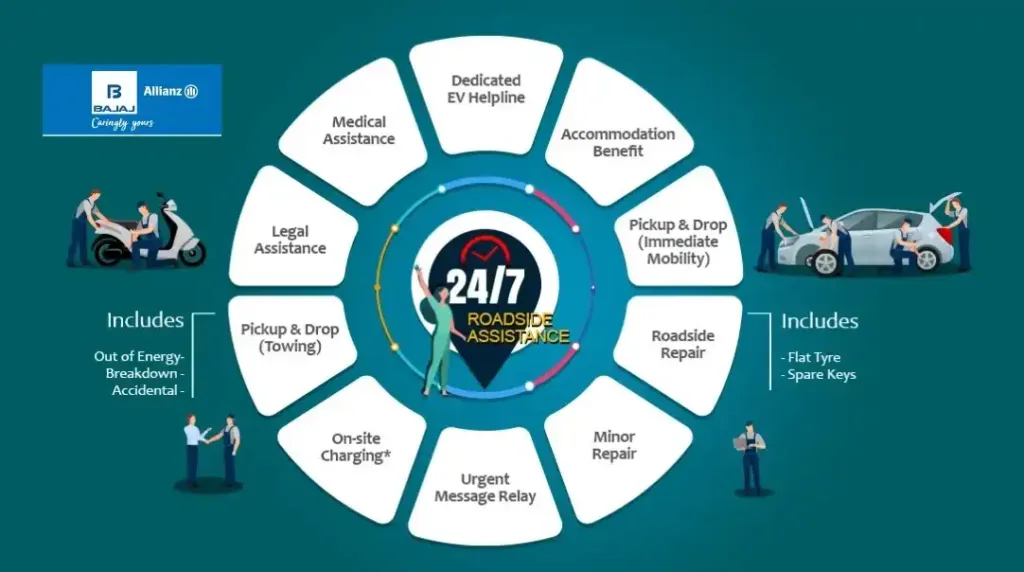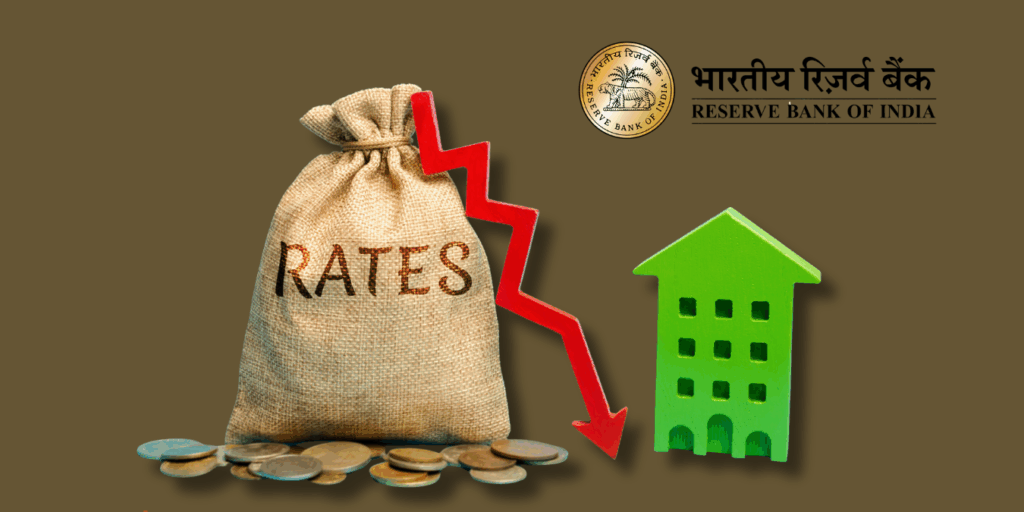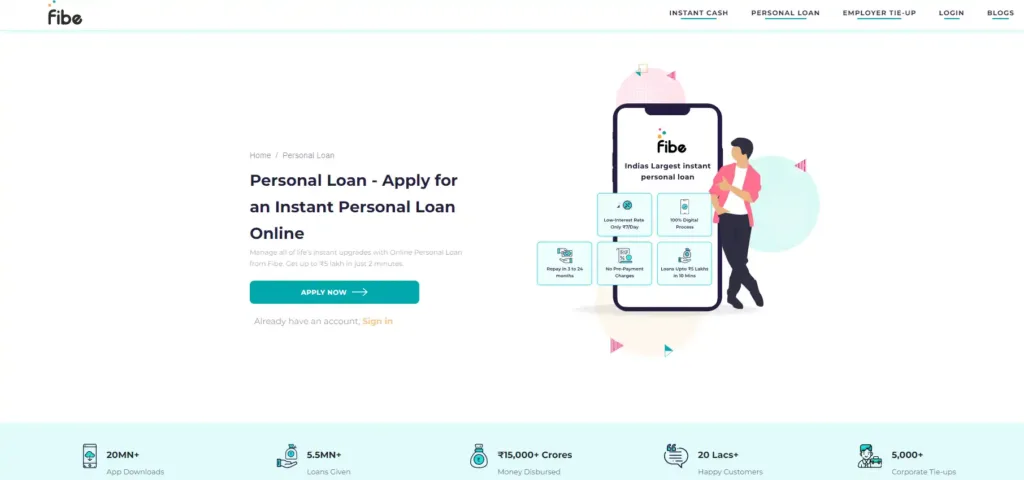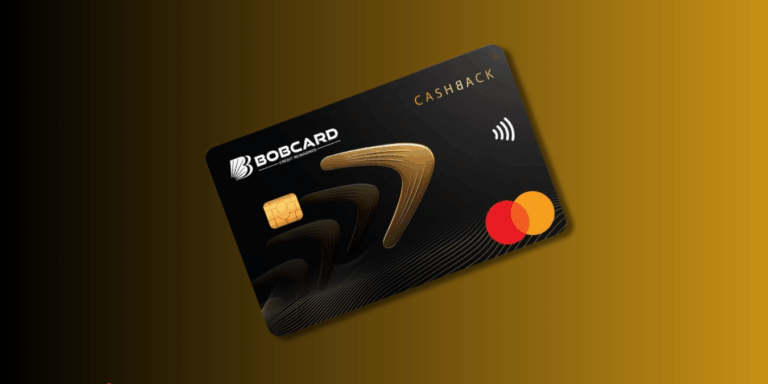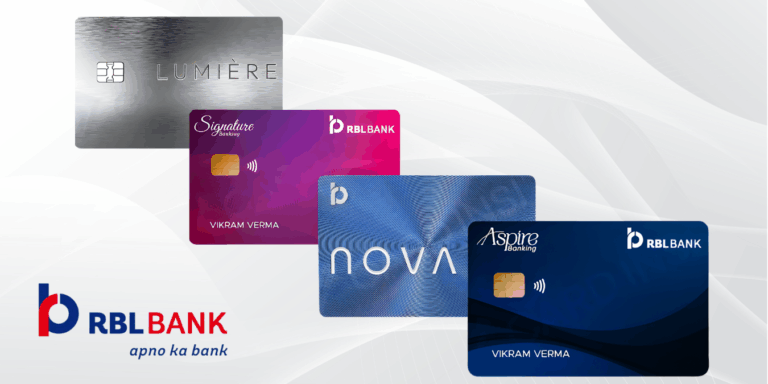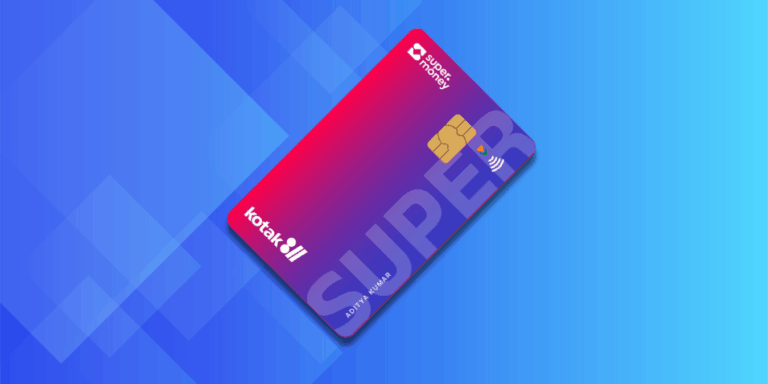
RuPay Credit Card on UPI is revolutionizing digital payments in India! Enjoy secure, instant transactions with zero extra charges. Learn how to link, key benefits, and why this RBI-backed payment method is a game-changer.
With the integration of RuPay Credit Cards and Unified Payments Interface (UPI) emerging as a game-changer. Launched by the National Payments Corporation of India (NPCI), this synergy combines the convenience of UPI’s instant payment system with the flexibility of credit card benefits, reshaping how Indians transact. As of 2025, this innovation is driving financial inclusion, boosting digital adoption, and challenging global payment giants like Visa and Mastercard. This blog explores how RuPay Credit Card on UPI is revolutionizing payments in India, backed by the latest data and insights.
The Rise of UPI and RuPay in India’s Digital Economy
India has emerged as a global leader in digital payments, accounting for 46% of the world’s real-time digital transactions in 2022, with UPI facilitating 84% of the country’s digital transaction volume, totaling ₹1.79 trillion. By 2024, UPI recorded a staggering 155.44 billion transactions, reflecting its deep penetration across urban and rural India. The Digital India initiative, coupled with schemes like Pradhan Mantri Jan-Dhan Yojana, has accelerated financial inclusion, making digital payments accessible to millions.
RuPay, launched in 2012 by NPCI, is India’s indigenous payment network, designed to offer cost-effective and secure transactions. With over 750 million RuPay cards issued by November 2020, it commands a significant market share, particularly in smaller towns and villages. The integration of RuPay Credit Cards with UPI, approved by the Reserve Bank of India (RBI) in June 2022 and rolled out in September 2022, has further amplified its impact. This feature allows users to link their RuPay Credit Cards to UPI apps like BHIM, PhonePe, Google Pay, and Paytm, enabling seamless merchant payments via QR codes.
How RuPay Credit Card on UPI Works
Linking a RuPay Credit Card to a UPI app is straightforward:
- Discover the Card: Users select their credit card issuer bank on a UPI app and link the card using their registered mobile number.
- Set UPI PIN: After verifying with an OTP, users create a unique UPI PIN for credit card transactions.
- Make Payments: Scan a merchant’s UPI QR code, authenticate with the UPI PIN, and complete the transaction, which is deducted from the card’s credit limit.
- Check Balances: UPI apps provide real-time balance and outstanding amount updates.
This integration eliminates the need for physical cards or point-of-sale (POS) terminals, making it ideal for small merchants and everyday transactions. However, restrictions apply: RuPay Credit Cards on UPI are limited to merchant payments, excluding person-to-person (P2P) transfers, cash withdrawals, and categories like mutual funds, IPOs, and foreign remittances.
Key Benefits of RuPay Credit Card on UPI
The RuPay Credit Card and UPI integration offers a host of advantages for consumers, merchants, and the broader economy:
1. Convenience and Simplicity
- Users can make instant payments using their credit card via UPI apps, consolidating bill payments, online shopping, and merchant transactions on a single platform. This is particularly beneficial for small vendors without POS terminals, such as roadside vegetable sellers.
- The process is hassle-free, requiring only a smartphone and a UPI app, aligning with India’s mobile-first digital culture.
2. Access to Credit
- By linking credit cards to UPI, users can tap into their credit limits for everyday purchases, making credit more accessible. This is a significant step toward financial inclusion, especially in tier-II and tier-III cities, where RuPay Credit Card adoption is growing.
- Banks like HDFC, ICICI, SBI, and IDFC FIRST Bank offer virtual RuPay Credit Cards with features like interest-free periods (up to 50 days) and EMIs, enhancing affordability.
- RuPay Credit Cards linked to UPI offer rewards, cashback, and discounts, incentivizing digital spending. For example:
- HDFC Bank UPI RuPay Credit Card: 3% cashpoints on groceries, supermarkets, and dining; 2% on utilities; 1% on other spends.
- Tata Neu Infinity HDFC Bank Credit Card: Up to 1.5% NeuCoins on UPI payments, with 5% additional rewards on Tata ecosystem purchases.
- Jupiter Edge CSB Bank RuPay Credit Card: 2% cashback on chosen categories (dining, shopping, travel) and lifetime-free benefits.
- These rewards make UPI payments more appealing, encouraging users to shift from cash to digital transactions.
4. Enhanced Security
- UPI’s two-factor authentication, biometric verification, and secure PIN entry, combined with RuPay’s robust fraud detection, ensure safe transactions. Users are advised to set unique UPI PINs for credit card transactions and avoid sharing OTPs.
- The absence of a physical card for UPI transactions reduces the risk of card theft or loss.
5. Merchant Benefits
- Small merchants benefit from zero Merchant Discount Rate (MDR) for transactions below ₹2,000, making it cost-effective to accept RuPay Credit Card payments via UPI. This has led to wider adoption among small businesses, boosting consumption.
- The use of QR codes eliminates the need for expensive POS infrastructure, enabling even micro-merchants to participate in the cashless economy.
6. Financial Inclusion
- The UPI-RuPay integration extends credit access to underserved communities, particularly in rural areas, where RuPay cards dominate due to their issuance under financial inclusion programs like Jan Dhan Yojana.
- This aligns with the RBI’s vision of a multilateral payment system, reducing reliance on cash and fostering a digitally empowered society.
Impact on India’s Payment Landscape
The RuPay Credit Card on UPI initiative has had a profound impact, as evidenced by recent data:
- Transaction Growth: In the first seven months of FY25, RuPay Credit Card transactions on UPI doubled to 750 million, with a cumulative value of ₹638 billion ($7.43 billion), compared to ₹334 billion in FY24. This accounts for 28% of India’s credit card transactions, up from 10% the previous year.
- Market Share: RuPay accounted for 50% of new credit cards issued in June 2024, surpassing global players like Visa and Mastercard. Posts on X indicate that RuPay’s market share in credit cards has grown to over 30%, driven by UPI integration.
- Adoption in Smaller Cities: Demand for RuPay Credit Cards in tier-II, tier-III, and tier-IV towns surged by 37% in Q3 2023, reflecting the initiative’s reach beyond metros.
- Competitive Edge: RuPay’s exclusivity in UPI-linked credit card payments gives it a strategic advantage over Visa and Mastercard, which are now partnering with fintechs to support UPI merchant terminals.
These figures underscore RuPay’s role in accelerating India’s transition to a cashless economy, reducing the credit card market share of global networks from 43% in 2018 to 21% in 2024.
Challenges and Considerations
Despite its success, the RuPay Credit Card on UPI initiative faces challenges:
- Merchant Concerns: Some merchants resist adopting UPI-linked credit card payments due to MDR fees for transactions above ₹2,000. Education and awareness campaigns are needed to highlight the benefits of increased business opportunities.
- Financial Discipline: Easy access to credit via UPI can lead to overspending if users lack financial literacy. Experts emphasize the need for responsible spending habits.
- Limited Scope: Restrictions on P2P transfers and certain transaction categories may limit the feature’s versatility. Expanding permissible use cases could further boost adoption.
- Global Acceptance: While RuPay cards are accepted internationally via partnerships with Discover, JCB, and Diners Club, their global reach is still limited compared to Visa and Mastercard.
The Future of RuPay Credit Card on UPI
The RuPay Credit Card and UPI integration is poised to shape the future of digital payments in India. The RBI aims to scale UPI transactions to 1 billion daily, with RuPay playing a pivotal role. Innovations like recurring payments without two-factor authentication for transactions below ₹2,000 and the National Common Mobility Card (NCMC) integration are expected to enhance RuPay’s utility.
Globally, RuPay is expanding, with agreements in the UAE and plans for further internationalization under RBI’s Payments Vision 2025. The synergy of UPI and RuPay is also inspiring other nations, with countries like France, Singapore, and Sri Lanka adopting UPI-inspired systems.
Changing Digital Payments Forever
The integration of RuPay Credit Cards with UPI is a landmark development in India’s journey toward a cashless economy. By combining the speed and accessibility of UPI payments with the flexibility of credit, this initiative is empowering consumers, enabling merchants, and fostering financial inclusion. With robust growth in transaction volumes, increasing market share, and strong government support, RuPay Credit Card on UPI is reshaping India’s payment landscape. As the ecosystem evolves, addressing challenges like merchant adoption and financial literacy will be key to sustaining this momentum.
For those looking to embrace this revolution, applying for a RuPay Credit Card from banks like HDFC, ICICI, or SBI and linking it to a UPI app is a smart step toward seamless, rewarding transactions. Stay ahead in India’s digital payment revolution with RuPay and UPI—the future of payments is here.



